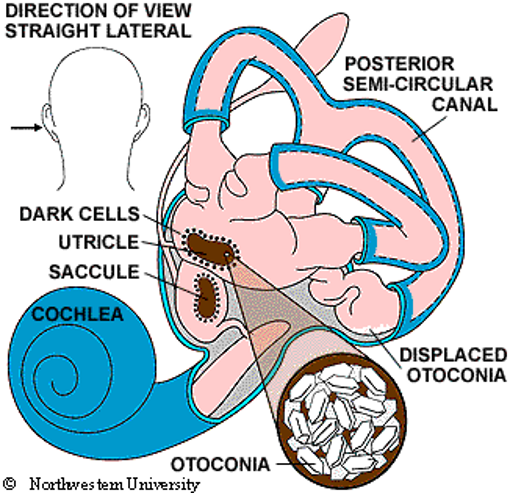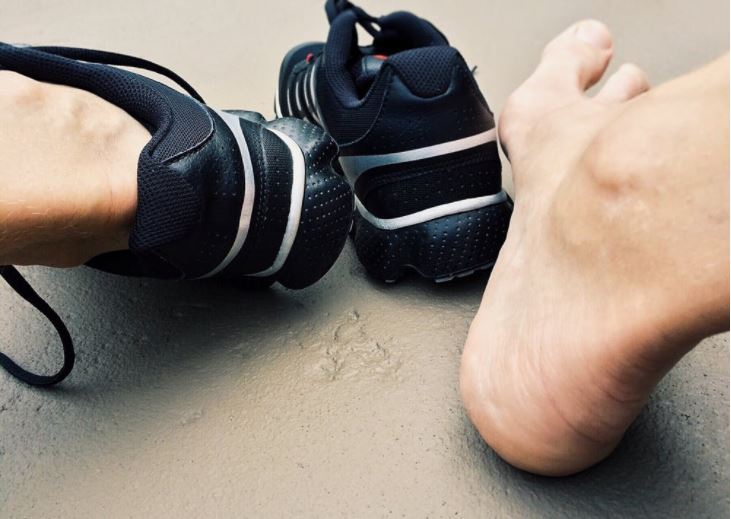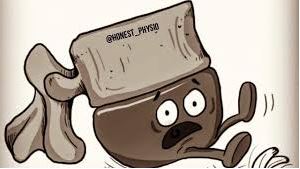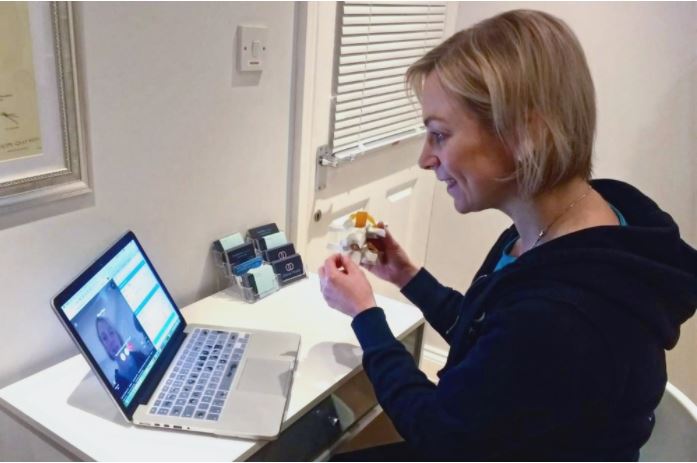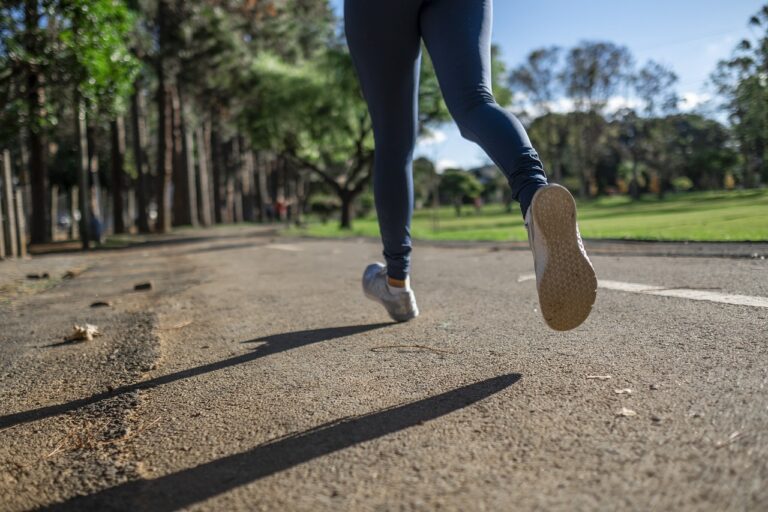5 tips to minimise unplanned bumps on the slopes and come home from your ski trip injury free!
by Laura Oxley
Anyone who knows me, knows that I eagerly anticipate my annual ski trip with bated breath! Yet a small part of me is always worried that I, or one of my family, will not come home in quite the same condition they went out – ski holidays are funny like that!

What steps can we take to make sure that we are not the ones sitting in the chalet with a body part in plaster while everyone else is out having fun, or suffer the ignominy of being wheeled around the airport on a buggy on the way home?
1. Preparation
“Failing to prepare is preparing to fail!”
With ski season already in full swing, you may be thinking that starting preparation now is too little, too late. Well, with another 6 weeks until the big February half term exodus, there’s plenty of time for many of us to put into place a comprehensive programme that will get us ,ski-fitter,, if not fully ,ski-fit,.
If you already have a niggle somewhere, get yourself assessed and treated by a qualified health professional as soon as possible so you have time to put it right – having it flare up on the slopes could bring your much awaited holiday to a crashing end.
Skiing requires a combination of aerobic fitness, strength, co-ordination, balance and flexibility. Try to include a combination of these elements in your preparation.
- Running, cycling, and rowing are all great ways of increasing your fitness and endurance
- Strengthening should focus on the glutes, quads and calves, and simple at home exercises include step downs, lunges (forwards and backwards), shoulder bridges, clams and calf raises. A strong core will help you stabilise your torso as you transfer weight from one ski to the other, so incorporate planks and bicycle crunches.
- To improve your balance on 1 ski, try standing on one leg with your eyes closed for 30 seconds. You can make this harder and more beneficial still by doing some mini squats at the same time! Hopping from one foot to the other and trying to stabilise yourself for 5 seconds before hopping onto the other foot is an excellent way of making your balance training more dynamic. Try these every time you boil the kettle!
- Stretch out your calves, glutes, adductors and quads, holding each stretch for 30 seconds and repeating 3 times. This flexibility gives you the ability to comfortably adopt good ski form and cope with changes in the terrain.
If you want more bespoke guidance, please contact us for an expert 1:1 assessment!
,2. Warm up and cool down every day
When you arrive in resort, familiarise yourself by going for a walk to loosen off. Before hitting the slopes, give your body a chance to get ready by doing a short warm up. Tight and tired muscles will reduce your reaction speed and increase the chance of injury. Do a few of the exercises above each morning and evening, taking your body through its full range of movement.
,3. Give yourself time to find your ski legs
Start easy, especially if it’s been some time since you last skied. Stick to the easier runs initially, and take it slowly. The body needs time to adapt to the conditions and equipment – especially if you’re hiring your kit. After a few runs you’ll start to feel your ski legs returning!
,4. On the slopes
Make sure you are wearing the right kit, and that it fits well. Consider extra protection – it’s easy these days to find helmets, back and wrist protectors and knee supports for example. If you are not sure whether you need additional support, please get in touch with a physio for professional advice. Take (non alcoholic) fluid out with and drink it regularly. Dehydration will cause muscle cramps and slower reaction times – not a good combination on the snow! Be sure to fuel yourself properly, increasing your carb intake a little – being out skiing for 6-8 hours a day is a far cry from most peoples’ office jobs and is energy draining!
,5. Apres Ski
If you are getting tired, don’t risk it with another “last run”! This is when most accidents happen! Worsening visibility makes the snow difficult to read and skiing more demanding, while fatigue slows reaction times. Instead, head off for a well-earned rest. Time to re-hydrate, and re-fuel, being mindful of how you do this! If you don’t want to miss the all-important virgin snow, make sure you get to bed early enough to allow enough time to recover overnight, to avoid the need for a lie in.
I hope you will find these tips helpful and wish you a fabulous trip, filled with fun and laughter, and certainly not injury!
If you would like to come in for an assessment for any existing injuries or for personalised injury prevention advice, please get in touch – you can call to make an appointment with one of our expert physiotherapists on 07843 424020 or use our online booking portal at ,www.omniaphysio.com.
Good luck and safe travels!
Laura





